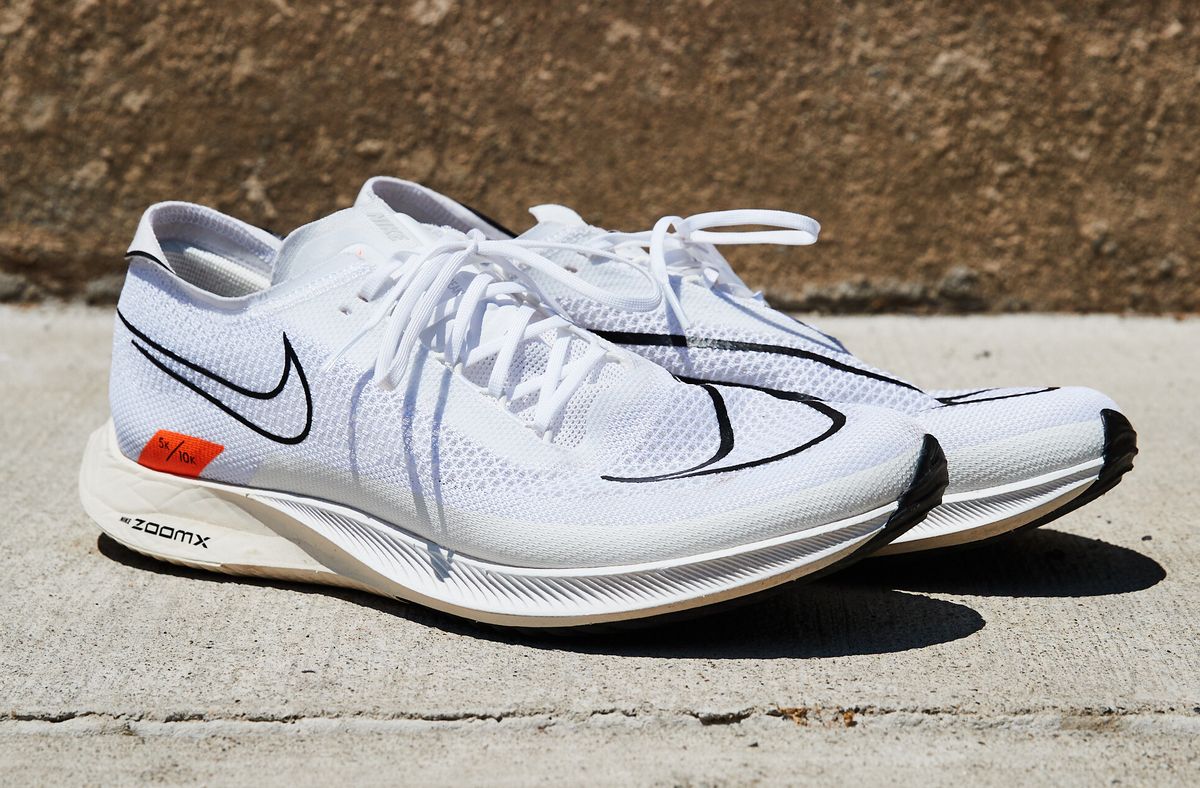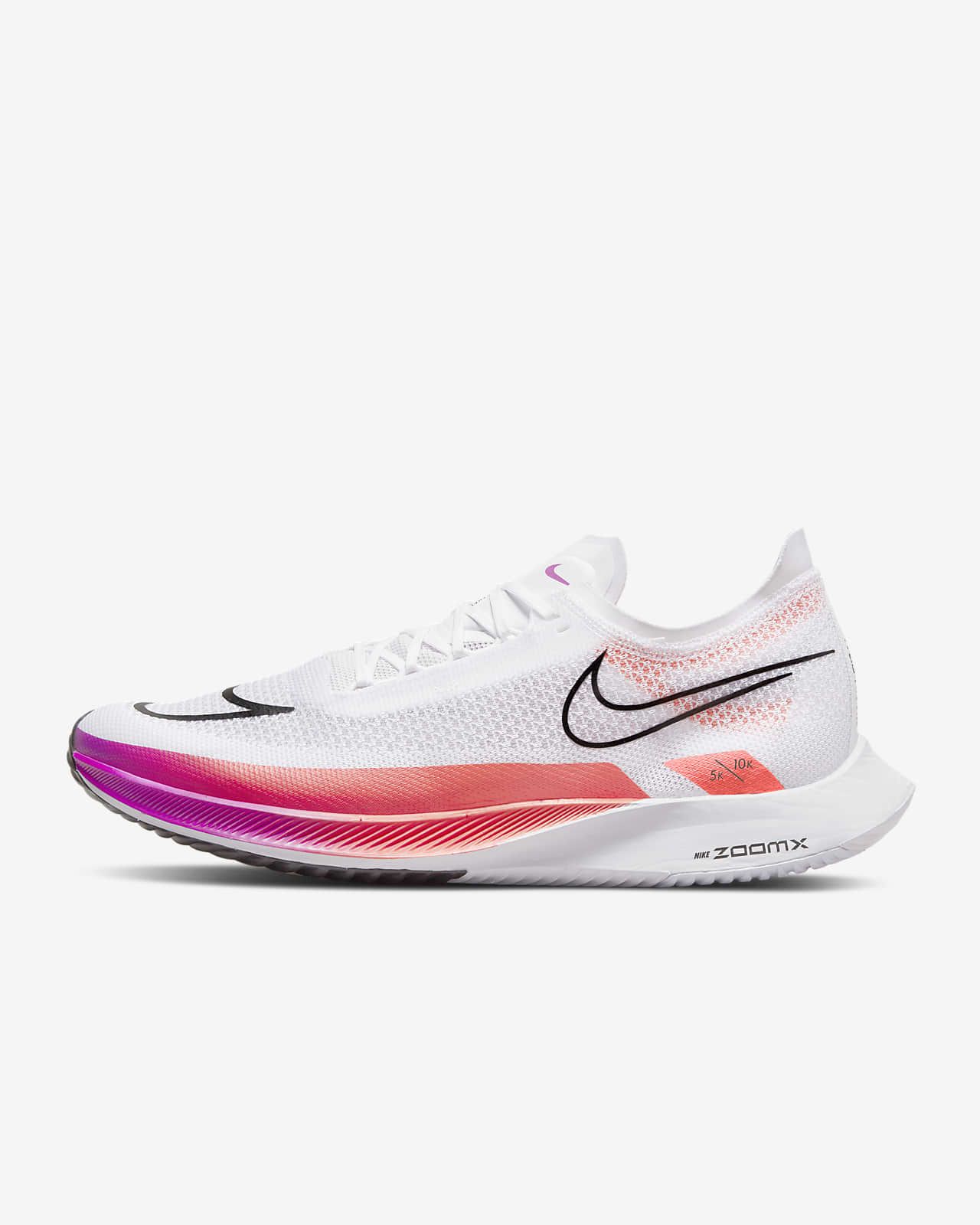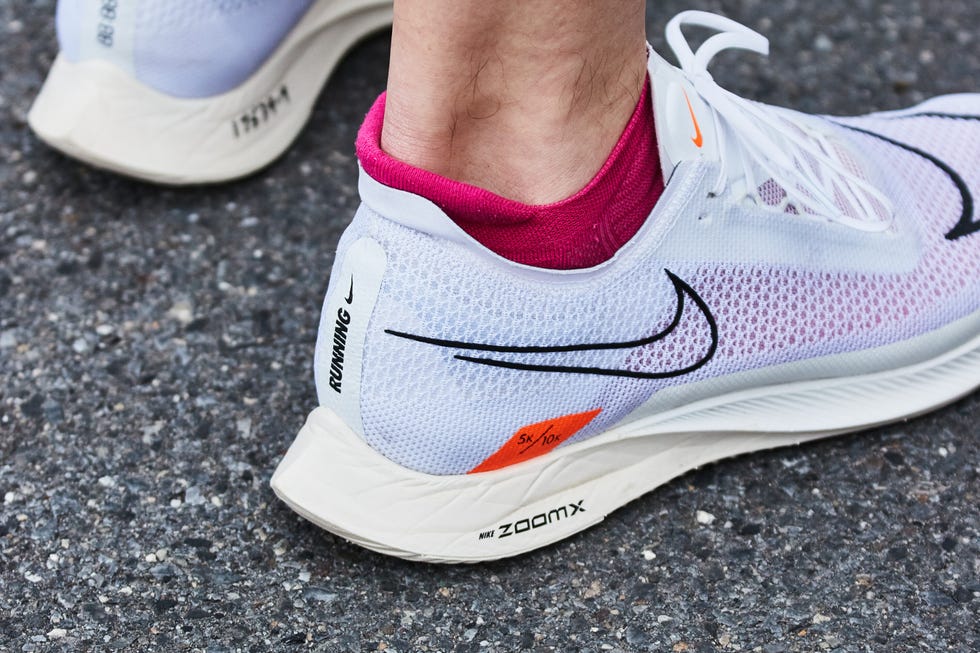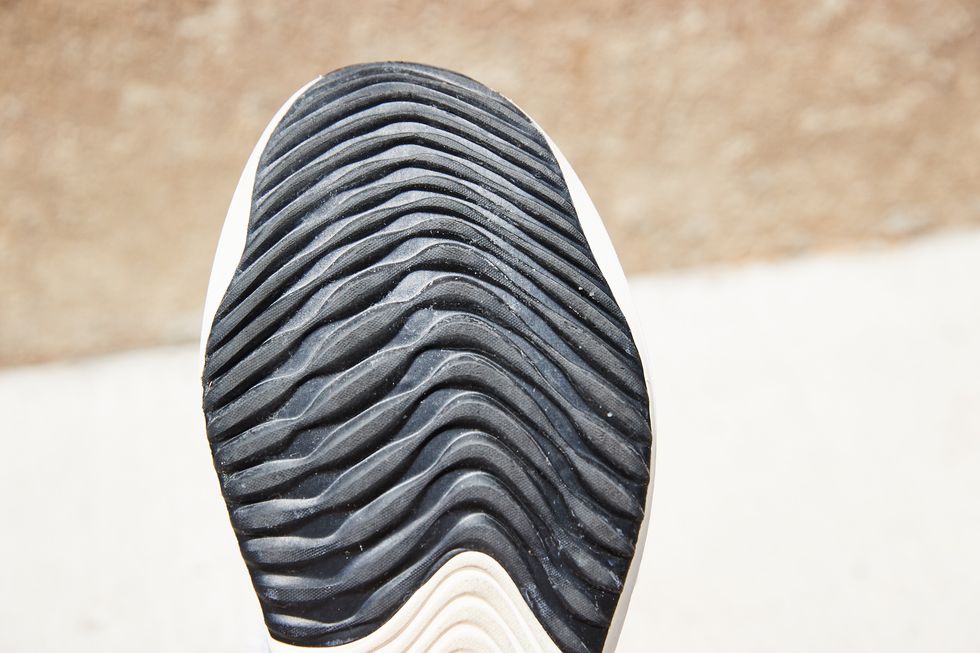The RW Takeaway: In a post-Vaporfly world, the racing flat all but disappeared. It makes a return in the Streakfly.
- Thicker than a traditional flat, the sole is made from ZoomX, a PEBA-based foam that’s light and bouncy.
- It’s Nike’s lightest racing shoe.
- Heel strikers may want more cush in the back half of the shoe.
Price: $160
Type: Racing Flat
Weight: 6.0 oz (men’s size 9)
Drop: 6 mm
Buy Men’s and Women’s More Images
More From Runner's World

“Lighter is faster.” That’s always been the axiom for running-shoe designers—look back at the paper-thin racing flats of the 2000s, which were stripped to the bare minimum. But boy, did your legs take a beating by the end of a race.
Then came the Nike ZoomX Vaporfly 4%, which, while not particularly heavy, was chunkier than those old flats and, somewhat surprisingly at the time, even faster. The magic, of course, is the PEBA-based foam and carbon-fiber plate. The combination proved so fast, the Vaporfly was worn in college cross-country races—Harvard’s men and women won the 2019 NCAA Division I Northeast Regional Championships, held on roads because the golf course in Buffalo was covered in snow and ice. It’s clear the Vaporfly has a great range from those 6K and 10K races up to a marathon (and beyond), but some runners wanted even less shoe for short road races like a 5K.
Enter the Streakfly, Nike’s lightest racing shoe.
Everything about the Streakfly shoe is pared down from the Vaporfly. Its sole is thinner, but not nearly as thin as those old racers’. For example, the forefoot of this shoe is 26mm thick, whereas the Flyknit Streak 6 that we tested back in 2016 had a heel thickness of just 25mm. And the foam has been significantly upgraded: Traditional racing flats used EVA-based foams, but the Streakfly, of course, has ZoomX, the springy PEBA compound.
Unlike the Vaporfly, there’s no carbon-fiber plate here. Instead the shoe uses a short Pebax plate under the midfoot only, designed to stabilize your foot as you go through your stride—the waist of the shoe is quite narrow, and the foam is exceptionally soft and flexible, so the plate gives a moderate amount of control.
The foam, however, turns out to be our biggest hang-up. We love ZoomX—and Pebax in general—as we’ve seen it used not only on Nike’s shoes but on a number of others, including our longtime favorite Reebok Floatride Run Fast and even the new surprise hit from NoBull. But, in this setup, we found that the heel bottoms out too easily. If you heel strike or run downhill, you’ll feel the squish of the foam and then a firm “thunk” as your foot runs out of room to travel—the foam compresses as far as it’ll go.
That sensation, however, is completely gone if you’re the type to land midfoot or forefoot. So that limits our recommendation here to speedy runners with an efficient stride. One tester who wore the Streakfly for a few threshold runs and a 20-miler says he’s still sticking with the Vaporfly for 5K and 10K races.
The see-through upper doesn’t stretch at all, but it’s roomy enough that it fits comfortably. And the offset lacing has just enough adjustability so that you can pull it as snug as you need.
Jeff is Runner-in-Chief for Runner's World, guiding the brand's shoes and gear coverage. A true shoe dog, he's spent more than a decade testing and reviewing shoes. In 2017, he ran in 285 different pairs of shoes, including a streak of 257 days wearing a different model.















